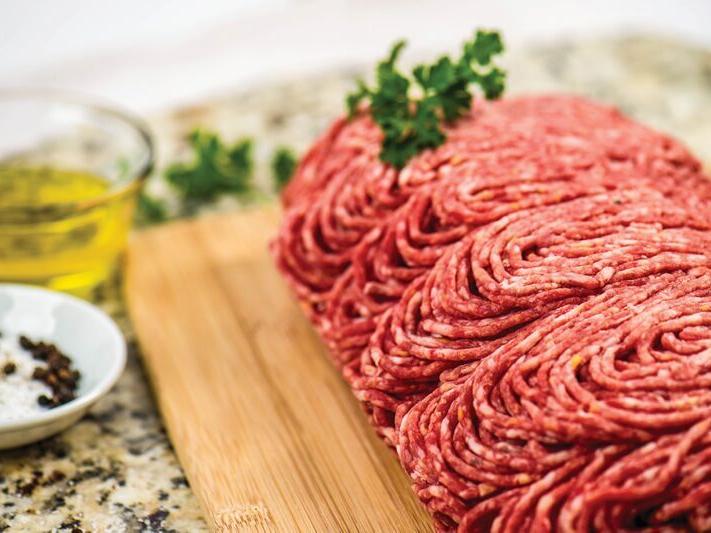
Every year around this time, the calls come in.
Calls for answers, calls for advice, calls for perspective. Sometimes I can offer all that, sometimes not.
The calls are usually from veterinarians, but sometimes from Extension colleagues or beef producers themselves. The calls come this time of year because preg checking has wrapped up. And not because it went well.
The calls describe reproductive failure: too many open cows. No obvious issues with bulls or hot weather. What happened? Is there anything going around? Any common themes across the state?
Open cows at pregnancy checking time are dramatic indicators of reproductive failure. But one should look at beef cow reproductive success more holistically. Many of the factors that culminate in an open
cow also adversely affect calving, calf growth and health, and breed-back next season.
I’m on the receiving end of some of these calls because of the veterinary angles to beef reproduction. When dramatic open rates - 30%, 40%, 50% - hit groups of beef cows, infectious diseases or other health issues come up as possibilities.
Infectious diseases are appropriate to consider, but once we dive into things, they’re usually ruled out. It seems to me that beef producers and their vets are getting better at preventing infectious reproductive diseases through biosecurity and vaccination programs. We’re also learning more about properly using reproductive vaccines.
If reproductive failure isn’t due to disease, then what? Bull issues should always be considered. When multiple bulls are used, chances that more than one bull would “go bad” are less likely, but not impossible. Placing blame on a bull is sometimes challenging after time has passed because injuries and other reproductive tract problems can heal up over time. This makes keeping close track of the bulls during breeding season quite important.
I’m increasingly convinced that nutrition plays a major role in reproductive problems. It seems funny to consider a cow standing for heat a “luxury,” but that’s an apt way to describe it - nutritionally. The energy, protein, minerals, and other nutrients taken in by a cow get used for different physiologic functions in a fairly set order. Nutrients are first used for basal metabolism, or “keeping the lights on,” so to speak (this requirement changes profoundly during cold and wet conditions). Then comes physical activity, like grazing and walking through a pasture. If they’re young, growth comes next, followed by milk production, if lactating.
Way at the bottom of the list is reproduction. If nutrient quantity and quality is only sufficient to meet the first few things on the list, the estrus cycle, conception, and pregnancy maintenance all become luxuries the cow can’t afford.
Reproductive failure in new heifers, as opposed to cows, is a not-uncommon subject of the calls. These females are still growing, which pushes the luxury of reproduction farther down the nutritional list. Much has been made in recent years about ways we can develop replacement heifers less expensively; I worry that message gets taken too far sometimes.
Nutritional demands don’t end when the cow or heifer becomes pregnant. Maintaining body condition during late gestation is important for successfully getting that animal through calving and colostrum and milk production.
Successfully providing nutrition to the breeding herd means understanding the available feedstuffs throughout the production cycle, particularly their protein and energy content. These levels can vary from year to year depending on crop growing conditions. Even when plentiful, high-quality feed is available, its delivery becomes critical so that animals on the lower end of the body condition spectrum can benefit. Managing groups such that all animals can access the necessary nutrients is important.
Fortunately, there are people out there who can help people work through these beef cattle nutrition issues. Nutritionists can help producers with these questions, and I’m increasingly impressed by the nutrition knowledge many of our beef cattle veterinarians possess. I also continue to be amazed at the resources available through SDSU Extension. Valuable input from our beef cattle specialists is often a phone call or mouse click on the SDSU Extension website away.
The Link LonkDecember 31, 2020 at 02:00PM
https://ift.tt/3hvk0Id
Animal Health Matters: Now's the time to make or break beef cow and heifer reproductive success - AberdeenNews.com
https://ift.tt/2RxTDX4
Beef

No comments:
Post a Comment